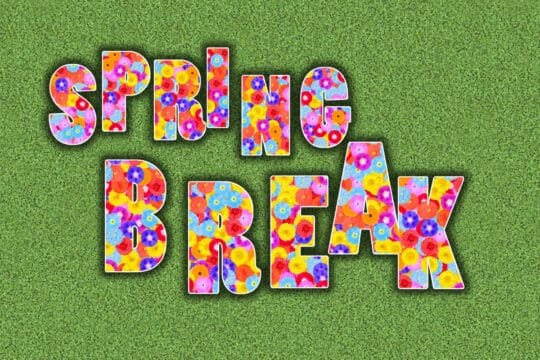Burnout isn’t just for teachers juggling their endless to-do lists, it happens to today’s students too. With growing academic pressures, extracurricular commitments, and social expectations, it’s no wonder many students feel overwhelmed.
Recognizing the signs of student burnout and knowing student burnout statistics are essential for supporting their well-being and helping them thrive.
Here we’ll look into the key signs of burnout as well as explore how it affects students and their learning.
What Is Student Burnout?
Student burnout is a state of chronic stress that leads to physical, emotional, and mental exhaustion.
It often happens because of long academic pressure, not having balance, and the feeling that no matter how hard they try, it is still not enough.
Burnout doesn’t appear overnight—it creeps in slowly, often disguised as stress or tiredness until it snowballs into something much more serious.
When students reach this point, it’s not just their grades that suffer. Burnout can take a toll on their mental health, relationships, and overall sense of self-worth. Being able to spot the signs early can make all the difference.
Key Signs of Student Burnout
Here are some common indicators of what burnout in students looks like.
Loss of Interest in School
A big red flag is when students lose interest in learning, especially in the subjects they love. When students lose interest their ability to retain information diminishes, which can lead to incomplete work, lower grades, or even skipping classes.
Fatigue
While nowadays it seems like everyone is fatigued all of the time, students with burnout look perpetually drained, struggle to stay awake in class, or frequently complain about being tired.
This can affect learning making it impossible to concentrate and absorb lessons effectively.
Physical Symptoms
Stress from burnout can manifest physically. If a student complains of a headache, stomachache or other ailment more than usual or is always asking to go to the nurse this can be a signal that something more is going on.
Decline in Self-Care
If you see a noticeable decline in a student’s appearance or neglect in basic self-care habits like eating well, exercising, or maintaining personal hygiene, then this is a red flag that something more is going on.
Poor self-care diminishes energy levels and overall health, further contributing to the fatigue and lack of focus characteristic of burnout.
Negative Self-Talk
Listen closely as students talk and if you hear students expressing feelings of inadequacy or hopelessness. Phrases like “I’m not good at this” or “I’ll never catch up” then may point to deeper struggles.
This kind of self-talk can affect learning by eroding their confidence and by making them hesitant to participate or take risks in their learning.
Perfectionism
Burnout doesn’t always look like a child who has given up, sometimes it can look like someone who is pushing themselves too hard and striving for unrealistic perfection.
This pressure can affect learning by students avoiding tasks they don’t think they’ll achieve a high grade on.
How Burnout Impacts Learning
Burnout can hinder a student’s ability to learn effectively. When students experience stress, they may find it difficult to concentrate or retain information. They may avoid participating, lack motivation, or avoid completing lessons or assignments completely.
They may feel overwhelmed or defeated, which may leave them feeling stuck or defeated. This in turn further erodes their confidence and willingness to try, leading to poor academic grades and even attendance.
How You Can Help Students Combat Burnout
So, what can you do? If you notice these signs, don’t ignore them. Burnout is manageable with the right support and strategies.
Teach Stress-Management Skills: First and foremost, take the time to teach students stress-management skills. Techniques such as mindfulness exercises, breathing techniques, or journaling help students cope with stress.
Show them yoga poses to relieve stress or how simply taking a brisk walk outdoors can help them feel better.
Encourage Balance: Help students prioritize their time by teaching them how to balance schoolwork with relaxation and fun.
Suggest they use a planner to schedule study sessions alongside time for hobbies, physical activity, or simply relaxing with friends or family.
Be Flexible: If possible, adjust deadlines or workloads for students showing signs of burnout. Your flexibility can be a student’s lifesaver when they are feeling overwhelmed and burnt out.
Communicate with Families: Work with parents or guardians to identify stressors outside of the classroom and create a united support system.
By working with families you can share strategies to support the student at home as well as provide consistent reinforcement of positive habits to help the student manage their workload and overall well-being.
Seek Professional Help: For severe cases, refer students to school counselors or mental health professionals who can provide additional support.
Student burnout can hinder a child’s academic and emotional growth and make them feel alone.
By staying attuned to the signs and taking proactive steps, you can help students regain their energy, focus, and love for learning. All it takes is one caring adult to change a student’s life for the better.
Educators never stop learning; check out our available graduate degree programs to hone your skills and promote lifelong learning and academic excellence.




